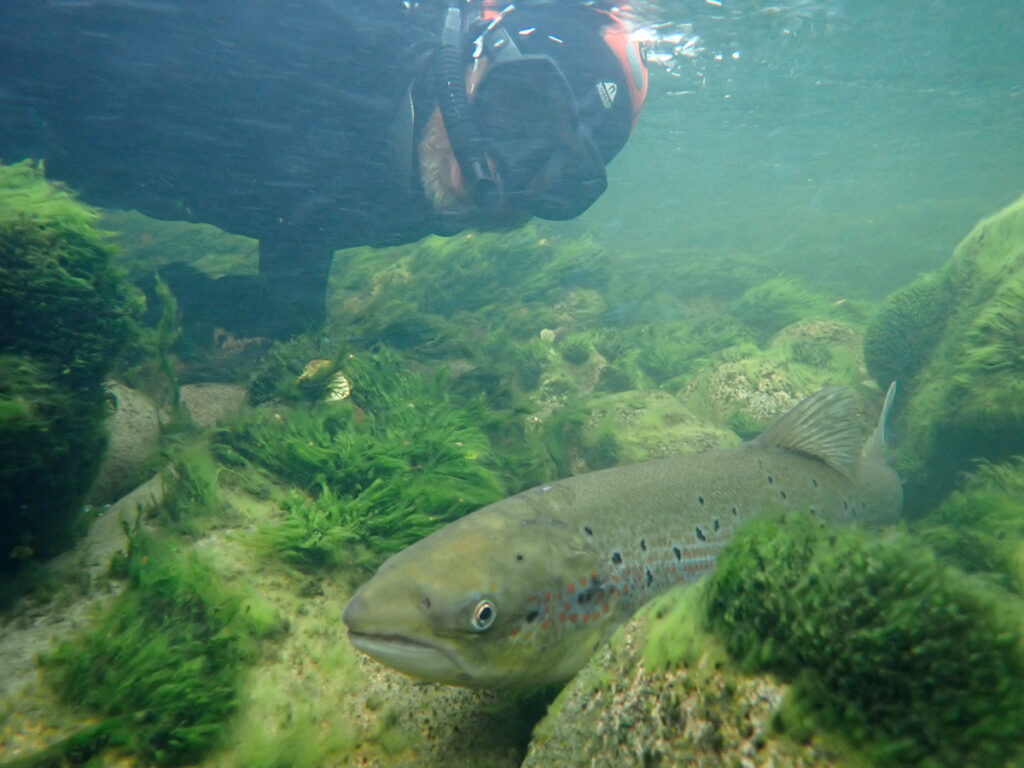
Roger Hofseth, CEO Hofseth
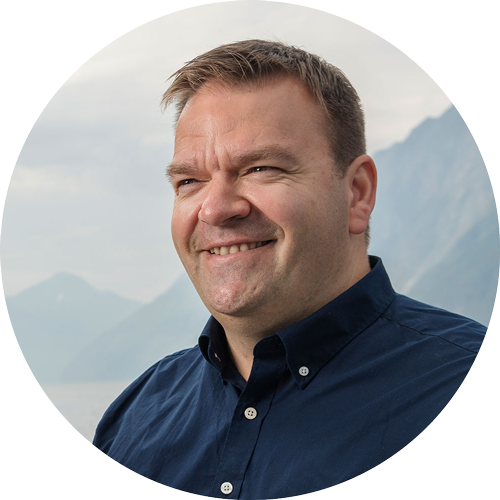
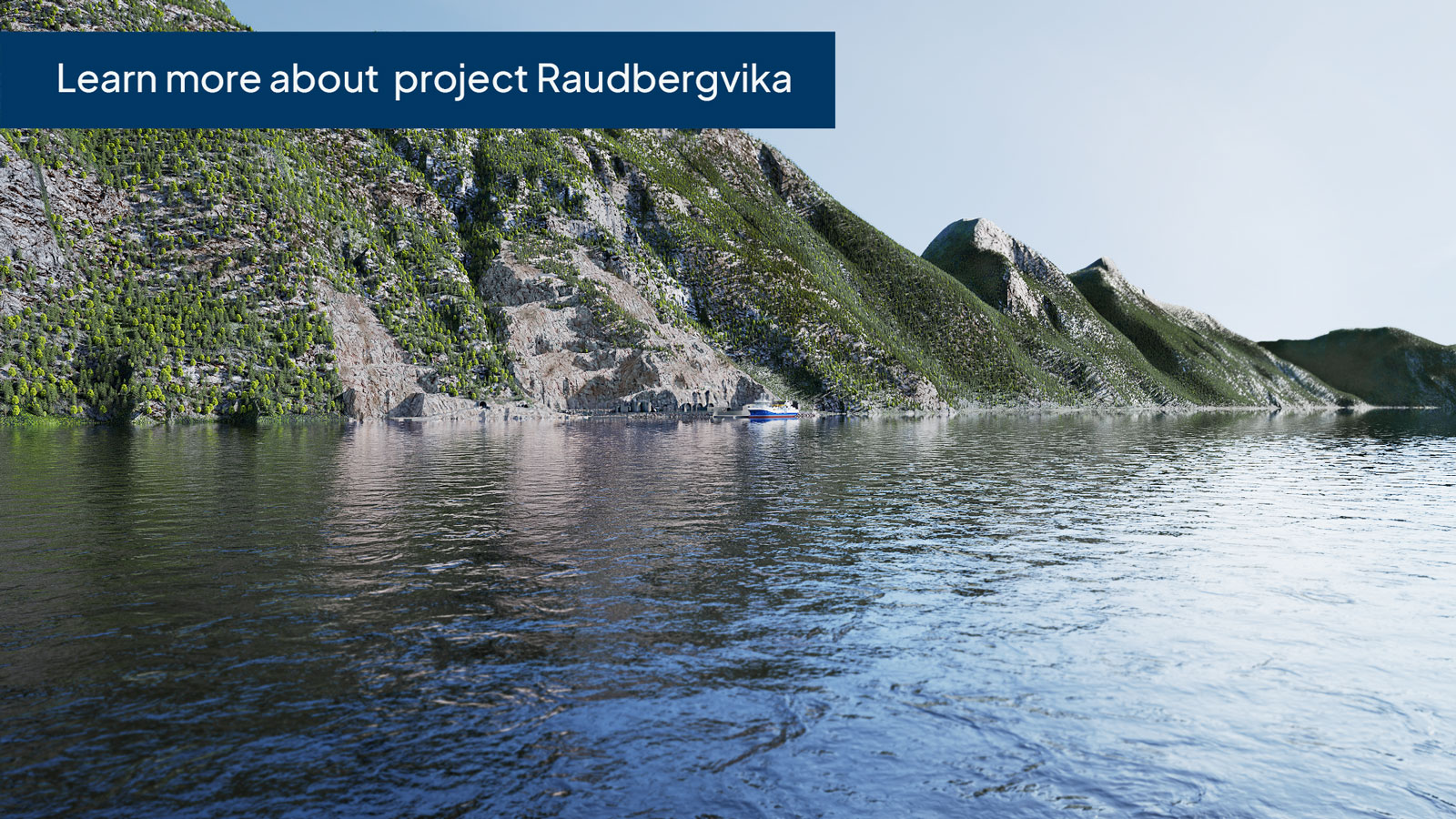
From 1984 to 2022 there were mining and commercial operations in Raudbergvika, Møre og Romsdal. Hofseth is now planning on using the closed Olivine Mine for what will be the world’s most environmentally friendly, energy efficient and safe growing facility for land-based salmon farming.
Here you will find information about the background and the process as well as documentation connected to the project.
*Menon Economics, social analysis Raudbergvika 2022
Raudbergvika is a key project aimed at ensuring sustainable development in the seafood industry. The vision of the seafood company Hofseth is to build the world’s most sustainable seafood company, and Raudbergvika plays a central role in achieving this ambition.
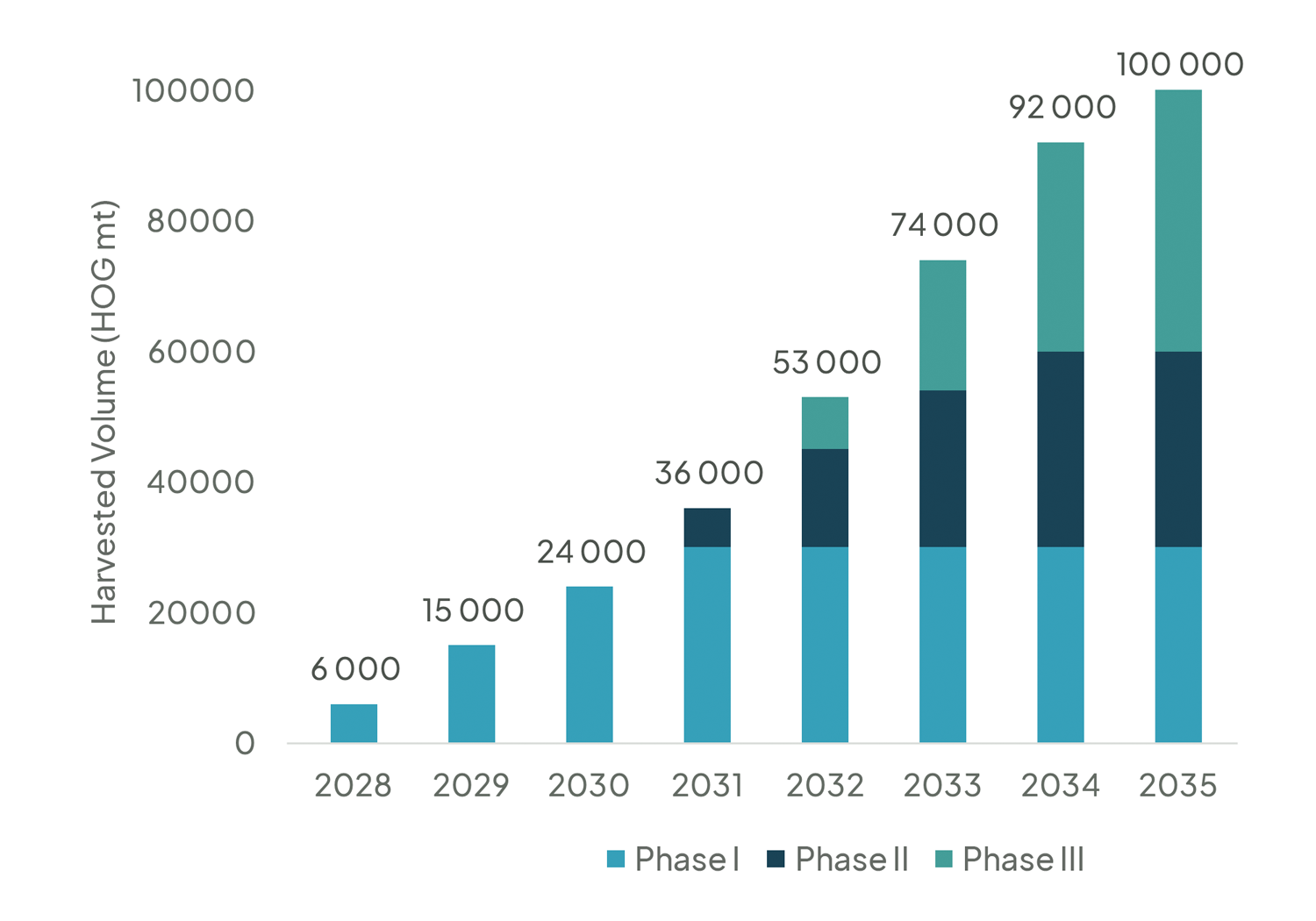
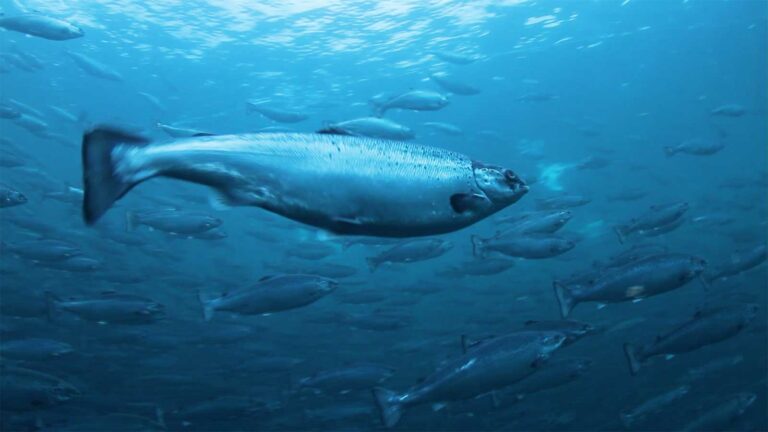
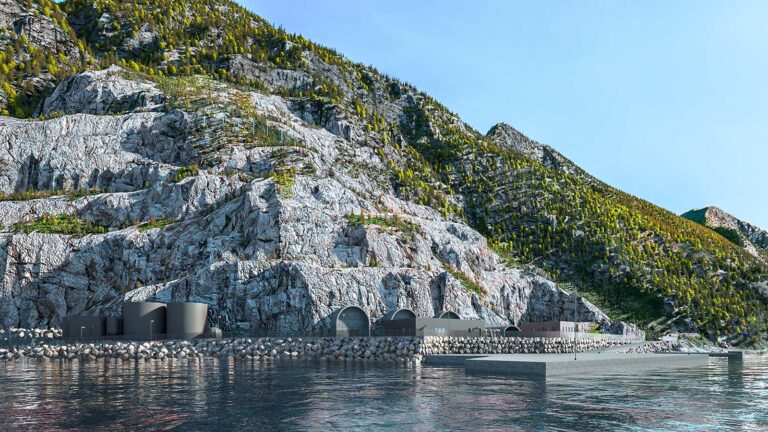
Expected Approval of Area Plan
Expected Approval of Aquaculture License
Estimated Start of Construction
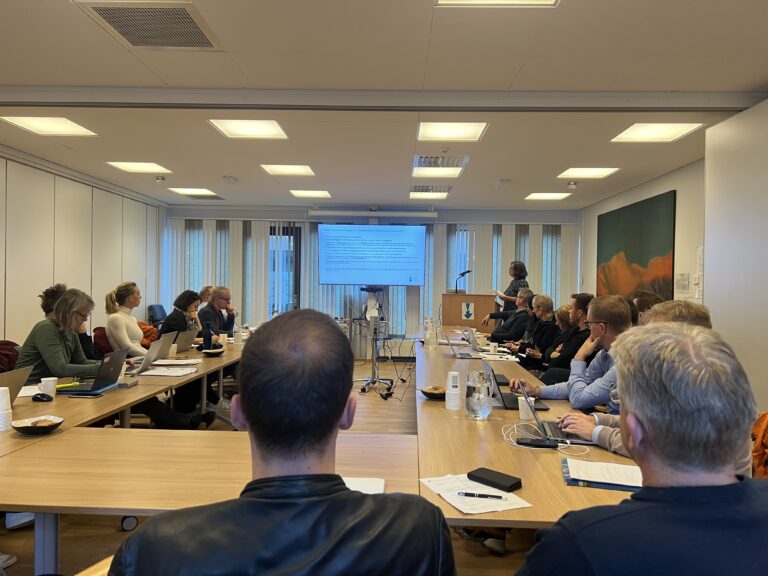
October
Site Inspection in Fjord Municipality:
On October 11, a meeting about the project was held under the auspices of Fjord Municipality. Representatives from the Ministry of Local Government and Regional Development, the Ministry of Culture and Equality, the Ministry of Trade, Industry and Fisheries, the Environment Agency, the Directorate for Cultural Heritage, as well as the State Administrator and County Authority in Møre og Romsdal were present. Hofseth participated by giving a tour of Raudbergvika.
Mai
Mediation on Area Plan: Mediation between Fjord Municipality and the State Administrator regarding the withdrawal of objections did not succeed.
Fjord Municipality decides to submit the area plan for political review to the Ministry of Local Government and Regional Development.
August
Objection case related to the "Area Regulation for Raudbergvika Land-Based Aquaculture" has been submitted to the Ministry of Local Government and Regional Development for a final decision.
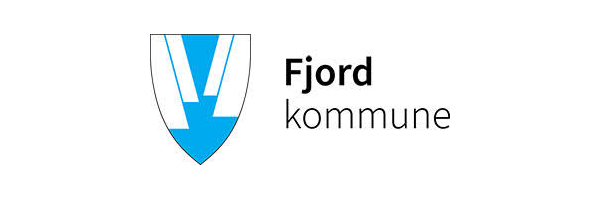
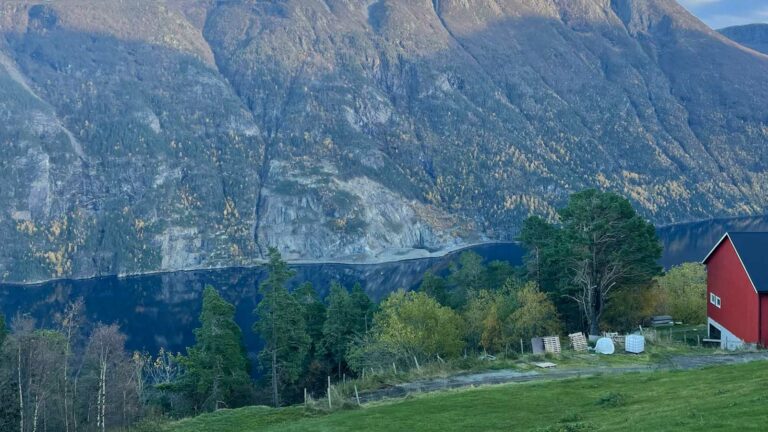
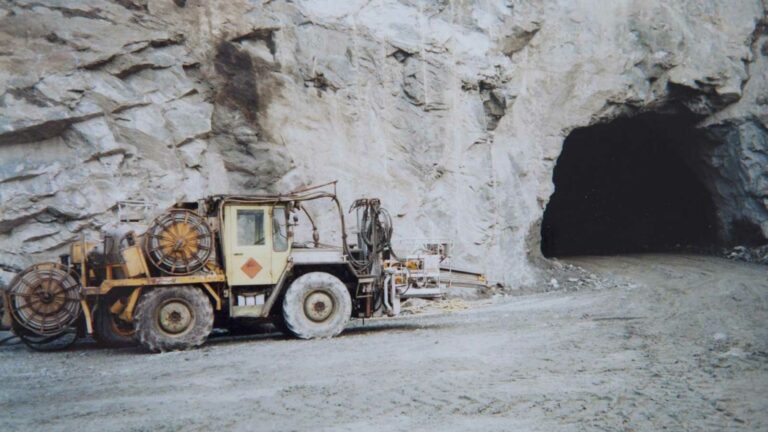
Svein Flølo, Project Manager Raudbergvika / CBDO Hofseth
HOW WE’LL DO IT:
through farming in a closed facility in an existing mine in the mountain.
as a result of the flow-through technology with ideal water temperature from the fjords.
due to zero escapes and automatic collection, recirculation and filtering of sludge and surplus water.
thanks to our optimal water conditions, strongly reduced risk of diseases and no lice.
with the use of local hydropower to run the facility and hydrogen for service vehicles.
because all parts of the fish are utilised for human grade nutrition.
the World Heritage Council for Vestnorsk Fjordlandskap, 27.02.2024
You can access assessments and political process documents related to the project here:

that there was mining and commercial operations in Raudbergvika from 1984 up until 2020?
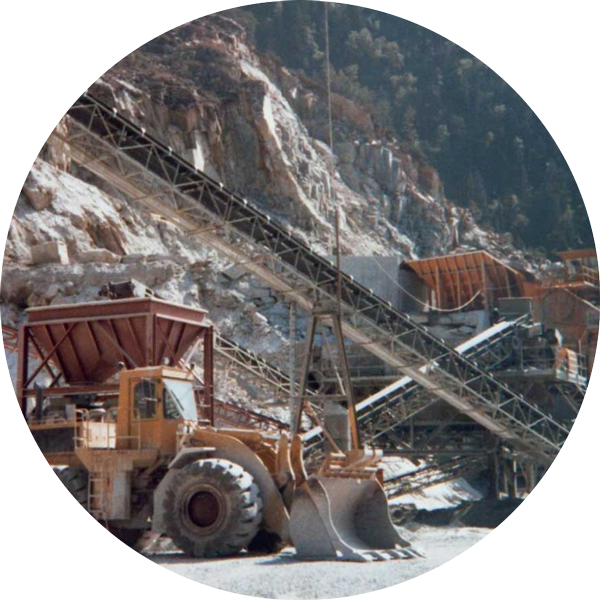
Do you have any questions about the project in Raudbergvika?
Below you’ll find the most asked questions along with their answers. The list is updated as the project evolves. Feel free to contact us if you don’t find what you’re looking for.
In Raudbergvika, at the far end of Sunnylvsfjorden I Møre og Romsdal, there’s been mining and commercial operations since 1984.
Now the seafood company Hofseth is planning on building a land-based salmon production facility in the area. The facility will farm the world’s most environmentally friendly and sustainable salmon.
The facility will be constructed and expanded in phases and upon completion it will be able to produce 100,000 tonnes of salmon per year. That means 400-450 million seafood meals per year.
The naturally occurring conditions at Raudbergvika makes the location particularly ideal for farming on land.
Correct and stable water temperatures in the fjord is paramount for limiting energy consumption and therefore also the climate footprint when it comes to land-based salmon farming. The area around Raudbergvika is uniquely fitting in this regard. The fjord holds a temperature range of 8-14°C throughout the year which contributes to substantially reduce costs relating to water heating.
Raudbergvika also provides access to clean and fresh sea water. The water is minimally, if at all, affected by the industrial emissions. The strong currents assure minimal impact to life in the fjord.
Raudbergvika is also ideally located near a renewable energy supply. With the region’s largest hydropower plant and planned hydrogen facility close by, the project is guaranteed good access to green energy.
Raudbergvika is an old industrial site and demands few further encroachments. The site gives the opportunity to re-use necessary support functions and access during the day, while the largest parts of the facility are lying hidden inside the mountain.
That the developer has experience with farming in, and good knowledge of the fjord in Raudbergvika provides inherent knowledge, existing infrastructure, workforce and supporting functions already established in the area.
With regards to this, they have yet to find a location in the region better suited than Raudbergvika.
No, the Raudbergvika project is not in major conflict with the area’s World Heritage status.
When the West Norwegian fjord landscape was inscribed on UNESCO’s World Heritage List in 2005, the area’s so-called “outstanding universal values” were linked to values on the surface, and not to rock masses below the surface.
Raudbergvika was further kept outside the conservation area that was established. The reason for this was the active mining in the area. The municipality found it important to ensure that it could still be an industry that creates jobs in the future.
Strong consideration was also given to the possibility of expanding the mining activity, also with mass extraction underground within the conservation area.
The developer therefore believes that no part of the Raudbergvika project, including the visible parts of the facility, the entrance or the tunnels, is located in or within the protected area with World Heritage status.
The conservation area board for Geiranger-Herdalen has the authority to manage the relevant landscape conservation areas. In November 2023, the Conservation Area Board processed the area plan for the Raudbergvika project and granted a dispensation from conservation in the relevant area. The World Heritage Council for the Western Norwegian Fjord Landscape confirmed this in February 2024:
“The World Heritage Council for the West Norwegian Fjord Landscape (VAR) believes that the issue of area regulation for Raudbergvika land-based Farming – World Heritage Salmon – has been sufficiently resolved at this stage in the planning process. From a holistic perspective, the area plan as it currently stands will not be an obstacle to safeguarding and promoting the world heritage status that has been awarded to Geirangerfjord and the Nærøyfjord area jointly.”
It is unfortunately impossible to run food production without some consequences; all food production requires resources and input factors and will leave some imprint.
Research shows that production of Norwegian salmon is the most climate-friendly way of producing protein globally. Project Raudbergvika has been set in motion to make this production even more environmentally friendly, with the aim of creating the world’s most environmentally friendly farmed salmon.
This is achieved by placing the production in a closed facility to avoid escapes and direct impact on life in the fjord.
Furthermore, the production facility is located in an area with open-pit mining and mining operations dating back to 1984. This means a project with minimal new natural encroachment.
Expertise from independent and recognized professional circles such as Åkerblå, Akvaplan Niva, Consulting Biologists and the Danish Hydrological Institute have been involved in the development of the facility in Raudbergvika. Their measurements, impact analyses, assessments of data and modeling have provided a solid basis for understanding how production will affect the environment both during and after construction.
The extensive professional analysis indicates that the fjord system will probably retain a minimum of “good ecological condition”, and that the discharge “will not lead to significant or irreversible damage, even with development of full capacity and with a low degree of purity”.
At the plant in Raudbergvika, a very high degree of purification is planned, and an environmental monitoring program that will ensure good control throughout the entire process.
The plant is to be constructed step by step over a period of seven to ten years, which means a few years of lower production and nutrient emissions than what has been applied for. During this period, thorough measurements of the fjord environment will be carried out in order to be able to adjust the modelling and implement the necessary preventative measures before full capacity is reached.
The developer behind the Raudbergvika project wants the largest part of future growth in the aquaculture industry to take place in closed facilities. Establishing farming activities on land in Raudbergvika is one of the measures the company is taking precisely to protect the marine environment in the fjord, as it, among other things, removes problems linked to escapes and salmon lice.
With the help of several independent experts in the area, work has been done in particular to map and document the consequences for biodiversity on land and in the sea. Modelling and assessments of the release of nutrients into the fjord have also been carried out, risk and vulnerability analyses prepared and a plan for environmental monitoring of the plant.
On the basis of these findings, the project has been adjusted and adapted to give the smallest possible environmental footprint. These findings and plans are what form the grounds of the political decisions on development.
In its rebuttal dated 25 January 2024 to Fjord municipality, the state administrator in Møre og Romsdal County Municipality has claimed that the Raudbergvika project constitutes “too much uncertainty”, with reference to the principle of ‘precaution’ in the Natural Diversity Act. The project owner thinks this is wrong.
Cowis’ ‘independent impact assessment’ documents that the Raudbergvika project is sustainable. It will ensure sustainable development in the aquaculture industry with control over discharges and escapes, while at the same time eliminating the problem of lice.
This documentation is based on professional assessments from four recognized specialist institutions: Rådgviende Biologier, Åkerblå, Akvaplan-Niva and the Danish Hydrological Institute. In addition, the project uses professional reports and factual basis prepared by the Norwegian Institute of Marine Research, including long-term measurements on the effects of nutrient discharges, in these analyses. These bodies have the best knowledge in Norway about nutrients and the marine ecosystem.
The professional basis shows that the fjord will most likely maintain a “good ecological condition”, and that the discharge will not lead to “irreversible or significant damage with a low level of cleanliness and a fully developed facility”. Raudbergvika is planned with a purity level twice as high as the definition of low purity level.
The project is planned to be developed in stages over seven to ten years, with a gradual increase in production volume to ensure knowledge and monitor how the marine environment and vulnerable nature types are affected by the discharge. This makes it possible to adjust modelling and implement necessary preventative measures before full capacity is reached.
In light of this, the project owner believes that the State Administrator’s argument must be withdrawn.
There is a major focus on the collection, cleaning and recycling of waste and sludge from the farming facility in Raudbergvika.
Each fish tank in the facility has its own system where feed residues and sludge are automatically filtered out and collected. Biological material is taken to the facility’s own biogas factory, where it is converted into energy, fuel and fertiliser.
To ensure sufficient knowledge about how the return of water affects the fjord, four independent specialist bodies (Åkerblå, Rådgivende Biologier, Akvaplan-Niva/Marine Prospects and the Danish Hydrological Institute) have prepared thorough assessments of the discharge from the facility.
From the professional basis, it appears that there is good evidence that the water body will maintain a minimum of “good ecological condition” and that the discharge will not cause significant or irreversible damage even at full capacity with a low degree of purity. The Raudbergvika project will have a high degree of purity, however.
The documentation also shows that the facility’s step-by-step build-up with the associated environmental monitoring plan will ensure good control and prevent potentially negative effects on the fjord.
Although the plant in Raudbergvika will have a very high degree of purification, some nutrients, such as nitrogen and phosphorus, will still end up in the fjord. However, thorough investigations carried out by independent professional expert bodies show that this will not harm the fjord.
Nitrogen and phosphorus are nutrients which, together with sunlight, form the basis for all primary production and plant growth on earth, be it in the sea, in water or on land. In these fjords there is approximately 110 µg nitrogen per liter in summer and approximately 180 µg in winter. This is classified as “very good” condition.
Even with a high degree of purification in Raudbergvika, the plant will have emissions of nitrogen equivalent to 4,383 tonnes and phosphorus equivalent to 458 tonnes annually. It can sound like a lot, so both Åkerblå and the Danish Hydrological Institute (DHI) have therefore carried out modeling of how much the discharge from Raudbergvika is diluted, and how Sunnylvsfjorden, Nordalsfjorden and Storfjorden at Stranda are affected.
The calculations show that the emissions will be small overall when you look at the natural nutrient salt content in the fjord basin. During one day, the contribution from the plant amounts to 1.64% for nitrogen and 2.1% for phosphorus of natural nutrient salt content between 20 and 220 m deep in the outer Sunnylvsfjord.
DHI believes this indicates that the fjords will still have the best condition class of “very good” with regard to nitrogen content even after the establishment of such a discharge.
The facility in Raudbergvika will be built up in stages over approximately seven to ten years, and a good monitoring program will ensure good control the whole way. In the first phase, which lasts for 2-3 years, work will be done at slightly less than 1/3 of full capacity. This is how experience and documentation is gathered which ensures that the facility never pollutes more than the authorities have given permission for.
In a rebuttal dated 25 January 2024 to Fjord municipality, the state administrator in Møre og Romsdal County Municipality has argued that construction of this size should be assessed at a higher level beyond Storfjorden.
The basic idea behind the project is to use an existing intervention in the mountain and in that way turn a disused mining area into a modern commercial area.
As explained under “Why was Raudbergvika chosen as the site for this project?”, the natural conditions make the location particularly suitable for land-based salmon farming. It has not been possible to find a better location in the region than Raubergvika.
It is therefore Raudbergvika that an area plan is being applied for, and it is not relevant to talk about regulation of other areas in that context.
The project believes that clarification related to mass handling belongs as a requirement in the regulatory plan itself. It is therefore not necessary to clarify this in the handling of the area regulations.
The project believes that clarification related to the impact on and safeguarding of important mineral resources belongs as a requirement in the regulatory plan itself. It is therefore not necessary to clarify this in the handling of the area regulations.
The project in Raudbergvika will have major ripple effects both locally, regionally and for the seafood nation of Norway.
The total investment in the project is more than NOK 15 billion. This will give an annual production of 100,000 tonnes of live salmon at full development, which will create 200-300 jobs in Raudbergvika.
Analysis company Menon Analytics has investigated the environmental impacts the project will have during and after development, and the following findings can be read in their social analysis from 2022:
Ripple effects during the construction period:
Ripple effects in the operational phase:
The project also has a level of prestige due to the planned use of innovative technology. In order to establish what will be the most environmentally friendly and energy efficient land-based salmon farm, we will challenge regional technology and equipment suppliers to innovation and new thinking. This can strengthen Norway’s position as a world leader in the production of sustainable food for the world market.
The project in Raudbergvika aims to start construction in 2025 with a potential start of production in 2027. Start-up depends on all necessary permits being in place, and the project owner emphasizes ensuring that environmental, personnel and operational conditions are sufficiently clarified and documented before construction begins. Then the production phase takes place.
When all permits are in place, the project will be carried out in three phases to ensure good control and documentation. The first phase will allow a production of up to 30,000 tonnes of salmon. Full development is expected to be completed by 2035, with a total production capacity of 100,000 tonnes.